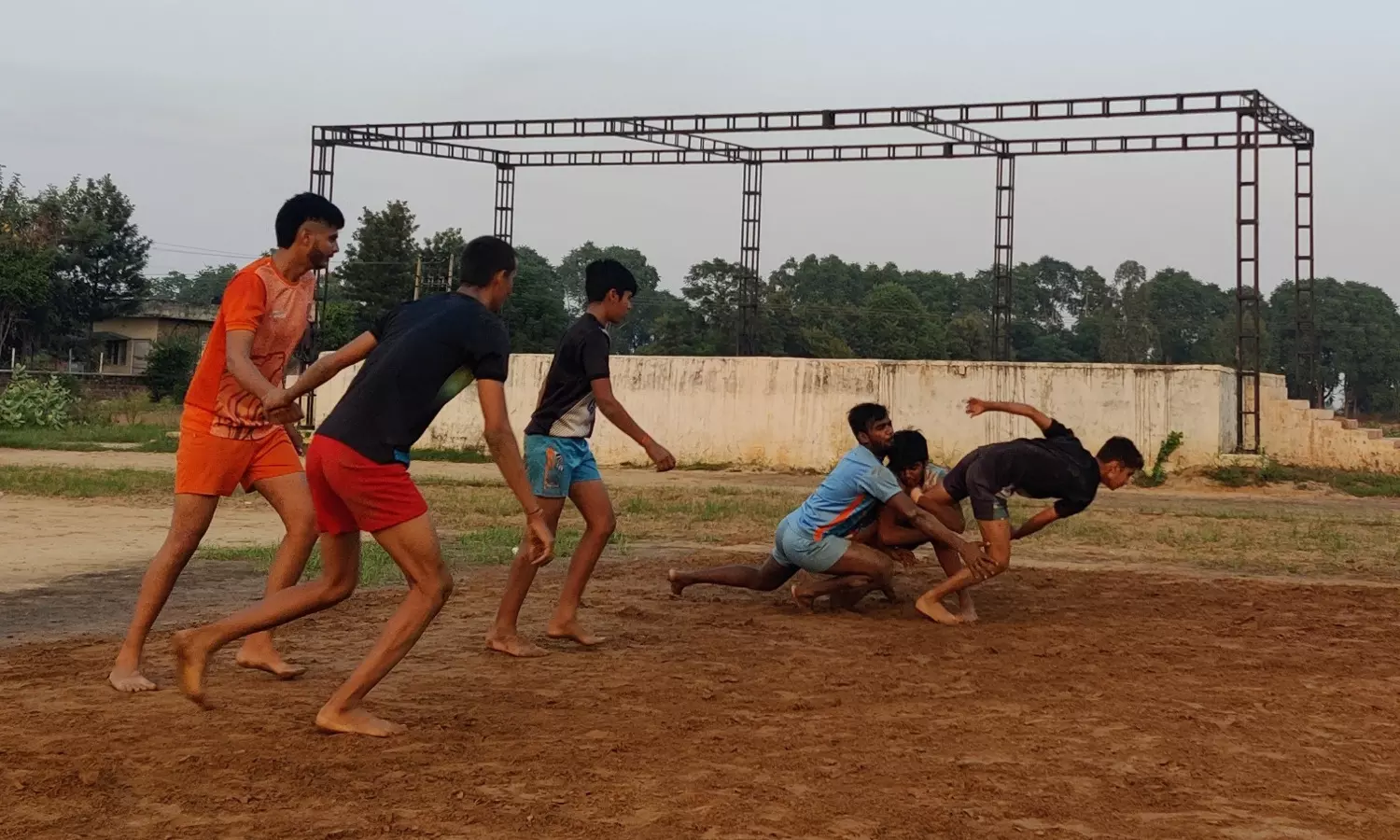Kabaddi
How PKL brought Kabaddi back from dead: Impact of Pro Kabaddi League in Haryana's heartland
The Bridge travels to rural Haryana to see how the emergence of the Pro Kabaddi League has impacted the grassroots level of the game.

Uchana: Situated in the heartland of Haryana, Jind is one of the oldest cities in the region and still has a railway station which takes you back to the British era.
In Uchana village, 20 km from the city, around 10 kids are playing kabaddi in the campus of Birender Singh College of Nursing.
This is not just some recreational activity for these kids, who belong to the Deenbandhu Sir Chhotu Ram Kabaddi Academy. These are kids who have left their homes - some in neighbouring states - to follow their dreams of becoming the next Pro Kabaddi League (PKL) superstar.
Kabaddi, a game traditionally played in the mud, has its first mentions in the Vedic period. In the 21st century, it has transitioned to the synthetic mat and has many new rules optimised for the television audience.
All of this has happened due to the fast-rising popularity of the franchise league PKL, the fame of which has spread like a wildfire in the heartlands of northern India. Started in 2014, the sole purpose of the league was to revive the dying traditional game from India's ancient history.
"Kabaddi toh samajhiye sir khatam thi. Jyada kuch bacha nahi tha iss khel me. Pro Kabaddi ne bachaya bhi aur ek bhavishya bhi diya iss khel ko (Kabaddi was dead. Nothing much was left. Pro Kabaddi not only saved the game but also gave it a future.)," says one of the local villagers watching the kids play.
PKL brought many new innovations, but the biggest impact it had on the masses was through turning unknown players into superstars with their big banners, interviews and all the glitz which comes with a televised league.
"Bhaiya, main toh Naveen Express ka fan hu. Unko dekh ke kabaddi khelna shuru kiya. (I am a fan of Naveen Express. I started playing Kabaddi after watching him.)," says 14-year-old Kamal, with fresh dirt from the kabaddi ground still on his clothes.
"Having watched Naveen Kumar of Dabang Delhi, my favourite, for two years, I started playing Kabaddi myself. It struck me one day that I can also be a superstar like him. My parents were supportive of this decision and they got me admitted to this academy. I have been practising here for the last year now," he adds.
This is the impact of the Pro Kabaddi League on the grassroots level. Kabaddi is now seen as a viable career option.
'PKL packaged kabaddi in a thrilling manner'
Soon, Vikram Kandola, a kabaddi player himself who has represented two franchises in PKL, drops in to see the kids play.
"It all comes down to how you present the game to the masses. Kabaddi was a game of the roots. It was packaged brilliantly to show the thrilling side of it and that is what worked," he says about the league.
"The entire landscape of kabaddi has changed now. When I was a kid, tournaments used to happen at some festivals, now it is a monthly affair. Most of the PKL stars come to play these tournaments in the off-season. That inspires the kids even more," he adds.
Among kids practising their craft, a few belong to Haryana, two are from Rajasthan and one is from Uttar Pradesh. None of them belong to this city. They have all left home to pursue their dreams of becoming kabaddi superstars. Like 14-years-old Kamal, many kids are now away from home so that one day they can make it to the PKL.
These kids follow strict routines at the academy. They have four hours of training, split into morning and evening sessions. The rest of the day goes into recovering from the physical tiredness and watching the kabaddi games.
"Every evening we all sit together from 7:30 and switch on the TV. Coach sir will tell us throughout the game, explaining to us the skills used by players and tactics used by different teams. It helps us understand the game more and in-depth," says Manu, another kid who practises at the academy.
With Pro Kabaddi League having introduced programmes such as New Young Player (NYP) where kids are scouted from local tournaments, Khelo India University Games, Kabaddi 7 and other tournaments, the route to recognition has become easier for these kids.
Vikram Kandola, who was picked through the NYP programme himself, says, "The craze surrounding PKL and kabaddi is growing every day. Now young players are recruited by franchises at much higher prices than earlier. It is good for the development of the game. I have around 18 kids and all of them are here after watching the Pro Kabaddi League. PKL has enabled kabaddi players to have a secure future without compromising on the game."
This academy is one of the many in Haryana. There are multiple such clubs in Maharashtra too.
With the broadcast numbers terming PKL as the second most watched league in India after the mighty IPL, it is safe to say that the impact of the broadcast of kabaddi has brought back the sport from the dead and given it a fresh breath of life.
